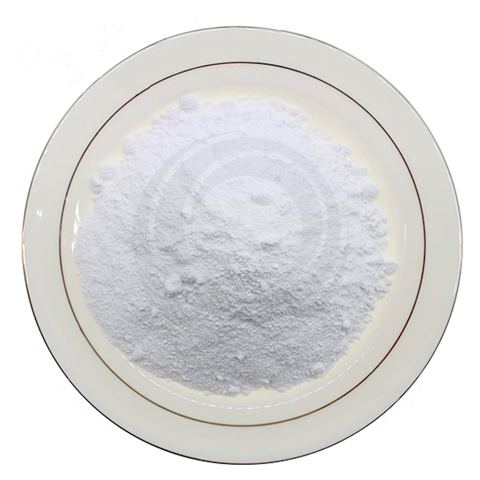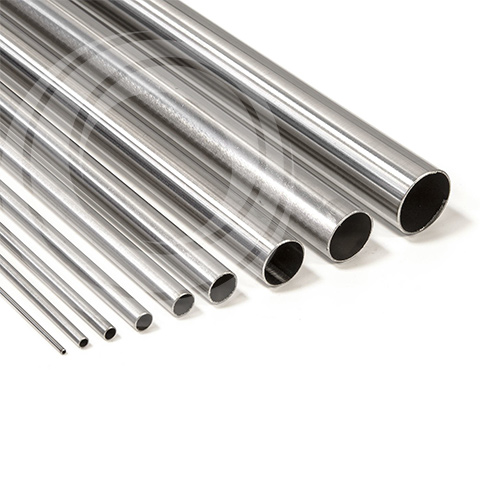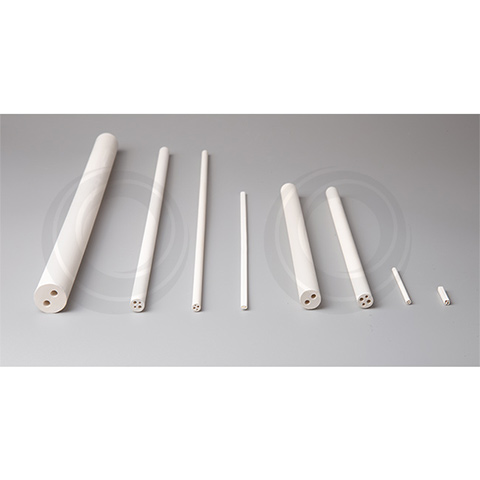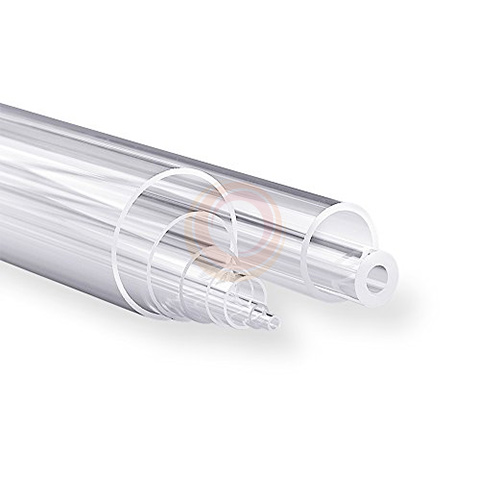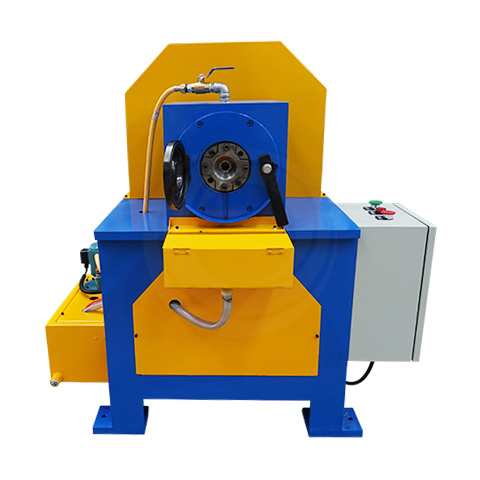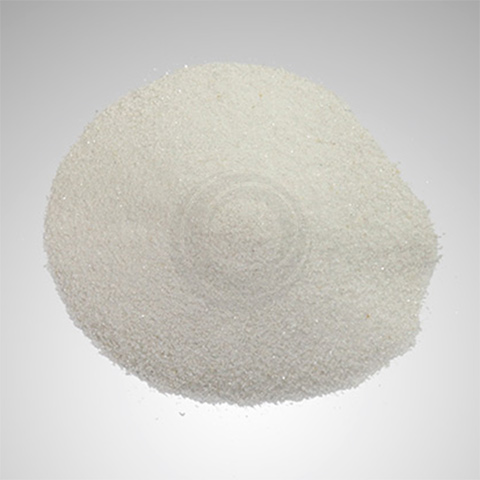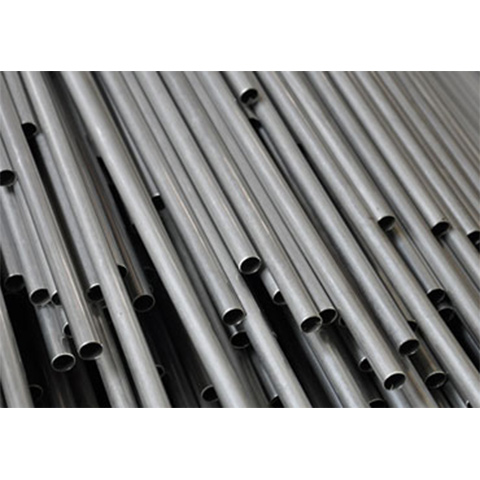Nano Magnesium Oxide for Batteries
Nano-magnesium hydroxide for lithium batteries can improve battery cycle performance. It is difficult to dissolve in water, insoluble in alcohol, and soluble in acid or ammonium salt solution. Nanoscale magnesium oxide has small size effect, surface effect, quantum size effect and macro tunnel effect, and is widely used in lithium battery cathode materials such as lithium manganate, lithium cobalt oxide, lithium iron phosphate, and ternary materials.
Nanomagnesium hydroxide is a new type of inorganic smoke-eliminating and flame-retardant filler developed in recent years. It has the characteristics of good thermal stability, non-volatility and non-corrosion of processing equipment. The product has nano-scale dimensions and can be used as enhanced flame-retardant components or coatings for building materials, thermal insulation materials, flame-retardant plastic decorative materials, foam insulation materials, home appliances and office equipment, etc.
Nanomagnesium oxide for batteries is a nanoparticle material with a white powder appearance, high purity, composed of nanocrystalline particles, good dispersion, and a relative density of about 3.58 (25°C). The melting point is 2852℃ and the boiling point is 3600℃.
Technical Indicators:
| Project | Indicator |
| Model | S7145 |
| Purity | 99.9% |
| Particle Diameter | 30-50 |
| BET Specific Surface Area | 10-30 |
| Loss on Drying 105ᵒC,2h(%)≤ | 1.5 |
| Surface Treatment Agent | Battery Special Treatment Agent |
Application Characteristics in Lithium Batteries
1. Application in Lithium Batteries
By adding an appropriate amount of nano-magnesium oxide to the cathode material of a lithium-ion battery, the resulting cathode material has a large reversible discharge capacity and good cycle performance. Used in cathode materials to improve conductivity, the recommended addition amount is 0.3-0.5%
2. Applications in Zinc-nickel Batteries
Incorporating magnesium oxide into the zinc negative active material through physical mixing can reduce charge and discharge polarization, reduce internal resistance in the late cycle, improve the utilization rate of the negative plate active material, and extend the battery cycle life. The appropriate addition amount is 1.0%wt about.
3. Applications in High Zinc Chloride Batteries
Adding a small amount of magnesium oxide to the positive active material can adjust the acidity of the electrolyte, slow down self-discharge, inhibit battery swelling, improve storage performance, and has unique effects on increasing discharge capacity and promoting slurry gelatinization. Recommended addition amount is 0.5-1%.
4. Applications in Nickel Cadmium Batteries
Adding appropriate amounts of magnesium oxide, zinc oxide and iron oxide to the cadmium electrode can improve the utilization rate of active materials; adding magnesium oxide, indium trioxide and zinc oxide can improve the charge retention capacity of sealed cadmium-nickel batteries.

